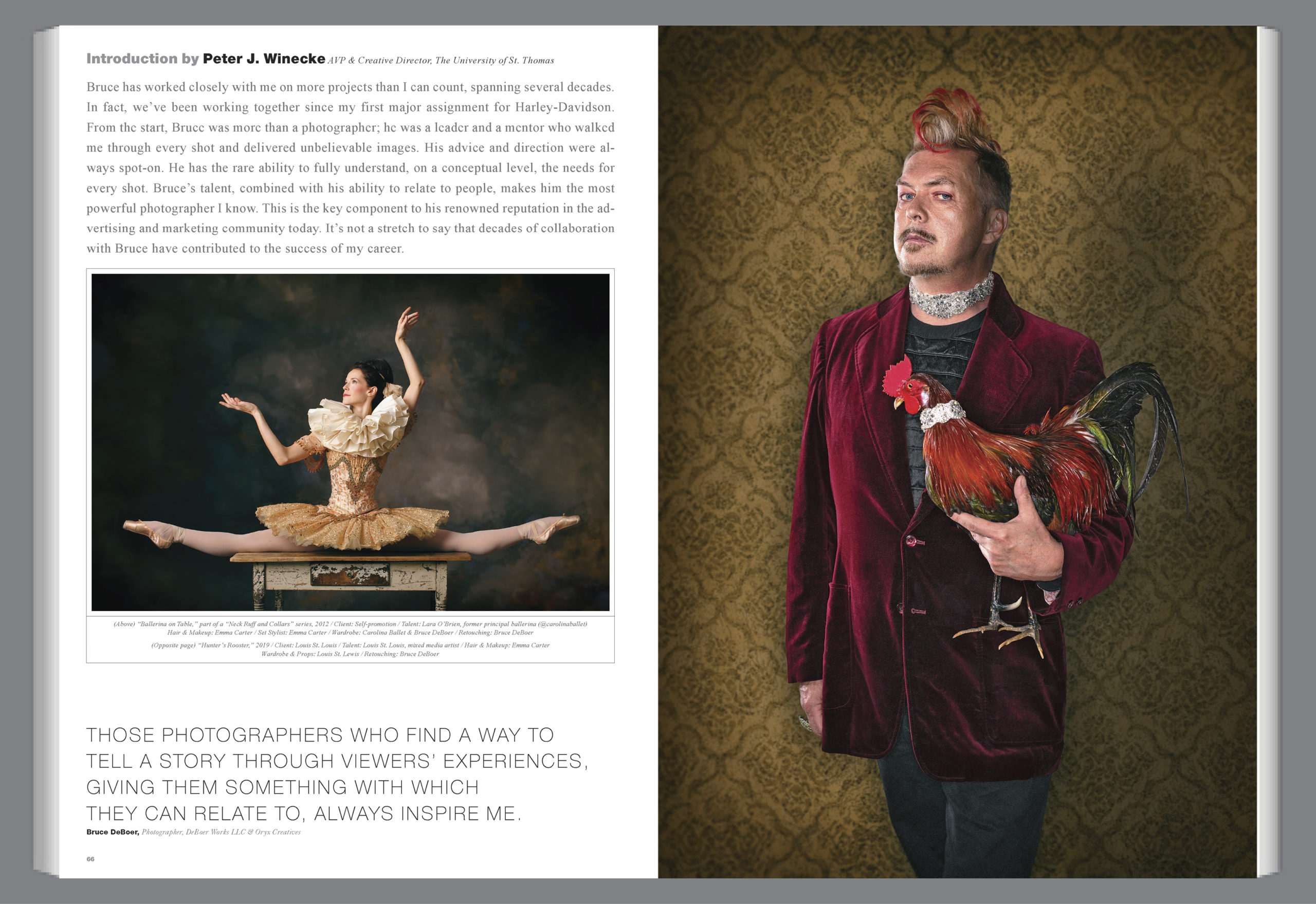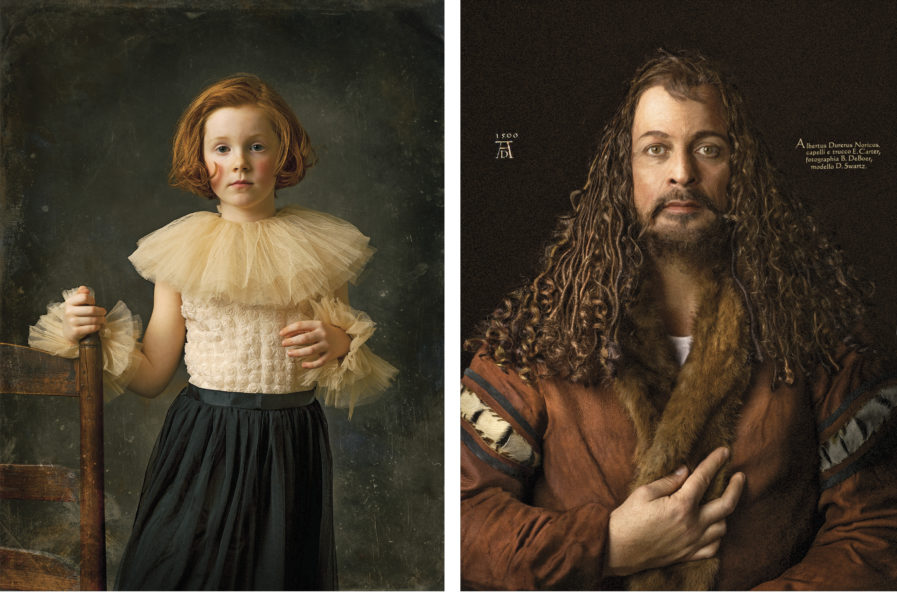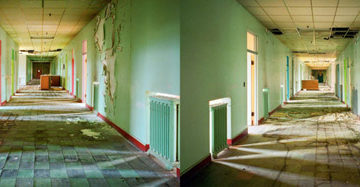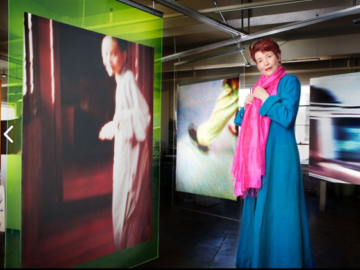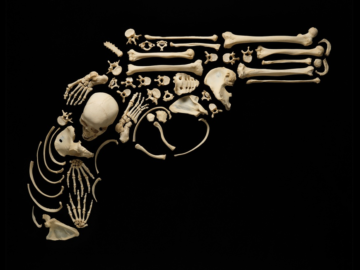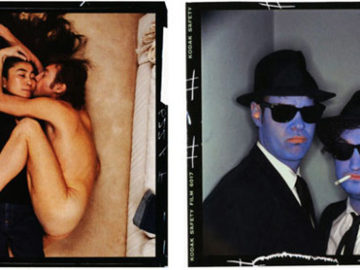“There’s always a new insight… some mysterious layer to peel back; as if there is a backstage pass to the world. Just like when I was a shy teen, photography is a license to immerse myself into a culture, work-life, or individuals who ignite my curiosity.”
Graphis Master Bruce DeBoer began his career in 1980 in Boston after graduating from RIT. He’s led a large photography department at Hallmark Cards, worked as an account executive at an ad agency in Chicago, and been a director of marketing for a design partnership. Bruce has been a nationally recognized still photographer for 25 years, and now resides in Raleigh, North Carolina. In 2011, he began shooting and directing video, and in 2015 started a production company, Oryx Creatives, in addition to his still photography studio, DeBoer Works LLC. Bruce’s name has appeared on many national and regional Addy Awards, One Show Awards, B&W Spider Awards, and a NY Festival Gold, and he has been a National Kelly Award finalist. Bruce has been published numerous times in Communication Arts, Creativity, Ad Age, and Adweek, as well as Graphis, Print, and AIGA design and photo annuals. He was featured in Graphis Journal issue 312 and in Lurzer’s Archive as one of their “200 Best Ad Photographers Worldwide” for the last eight years. His proudest achievements are staying relevant and excited about being a photographer for 35 years, his body of work, and his drive to bring his best to each and every project.
